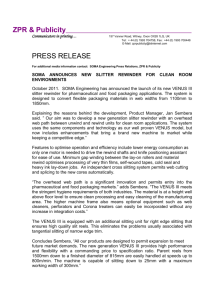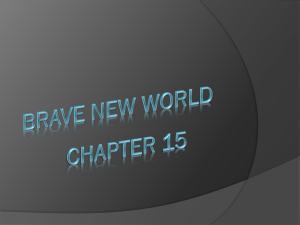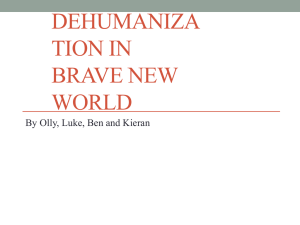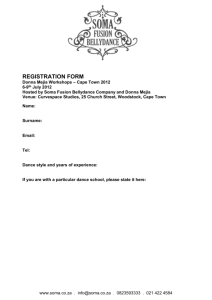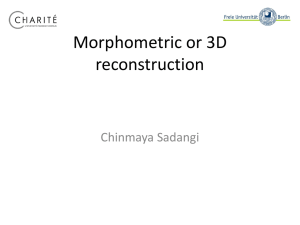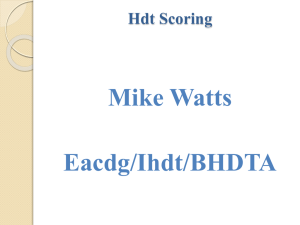Lecture 17 - biologyofcancer.org
advertisement
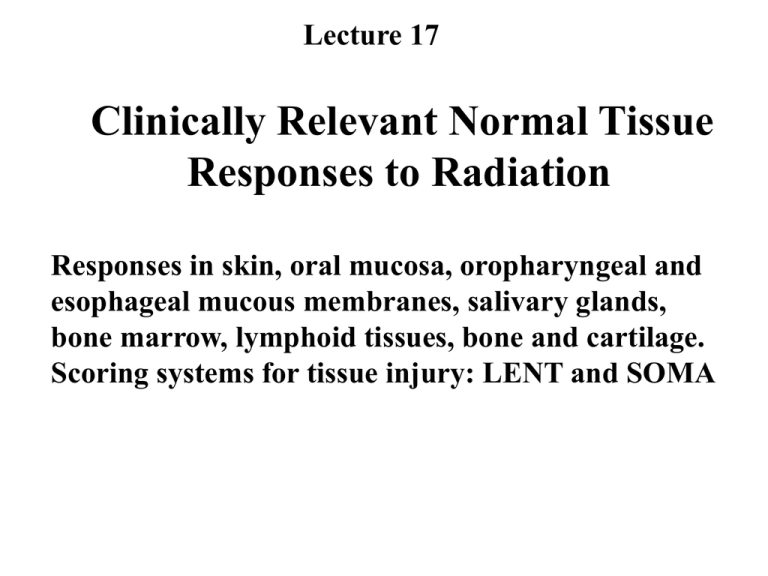
Lecture 17 Clinically Relevant Normal Tissue Responses to Radiation Responses in skin, oral mucosa, oropharyngeal and esophageal mucous membranes, salivary glands, bone marrow, lymphoid tissues, bone and cartilage. Scoring systems for tissue injury: LENT and SOMA Normal Tissue Responses to Radiation Normal Tissue Responses to Radiation Responses in skin Responses in Class I organs Responses in Class II organs Responses in Class III organs Radiation-induced spinal cord lesions Spinal cord changes Spinal cord changes Scoring systems for tissue injury: LENT and SOMA There is a recognised need for an international scoring system for measuring and recording radiation treatment effects. The European Organisation for Research and Treatment of Cancer (EORTC) and the Radiation Therapy Oncology Group (RTOG) formed working groups to produce systems for assessing the late effects of treatment on normal tissues. This was regarded as important to standardize and improve the recording of toxicity in clinical studies and also crucial for valid comparisons between different treating centres (Pavy et al1995). Scoring systems for tissue injury: LENT and SOMA Two acronyms introduce the new scoring system for late effects toxicity and the key elements forming the scales: LENT = Late Effects Normal Tissues SOMA = Subjective, Objective, Management, and Analytic The LENT scores/scales should be simple, widely applicable, reproducible, accurate, and designed to provide an ascending order of severity of the complication from radiation treatment or chemotherapy. LENT grading Grade 1 represents the most minor symptoms that require no treatment. Grade 2 represents moderate symptoms, requiring only conservative treatment. Grade 3 represents severe symptoms, which have a significant negative impact on daily activities, and which require more aggressive treatment. Grade 4 represents irreversible functional damage, necessitating major therapeutic intervention. SOMA In place of the terms used for acute toxicity (mild, moderate, severe, life threatening, and fatal), other word modifiers will be used to more accurately describe and standardize late radiation effects. Such descriptors are divided into four major categories: Subjective, Objective, Management and Analytic. These will comprise the acronym SOMA. SOMA 1. Subjective: Descriptions of symptoms such as pain will reflect grade advancement in terms of frequency. The terms suggested are occasional, intermittent, persistent, and refractory. These will be what is generally reported by the patient. 2. Objective: Signs such as edema or weight loss will be evaluated through physical examination including conventional radiographs or images and/or values obtained from routine laboratory procedures. Thus, the grades established in this category will be objectively derived. 3. Management: Reversibility and treatability are important factors influencing grade assignment. Progression would be indicated if medical management increases from non-narcotic to narcotic use. Once symptoms and signs are refractory and surgical intervention is required, advancement of grade is indicated. 4. Analytic: This applies to more sophisticated imaging CT and MR and/or special laboratory tests and procedures that are readily quantifiable. The grades assigned to such procedures may not always reflect the grade assigned from the SOM categories and will be the basis of future investigations and protocols. LENT SOMA scales for anatomic sites An example for the central nervous system The grading categories in the LENT and SOMA scoring system Brain response to radiation

